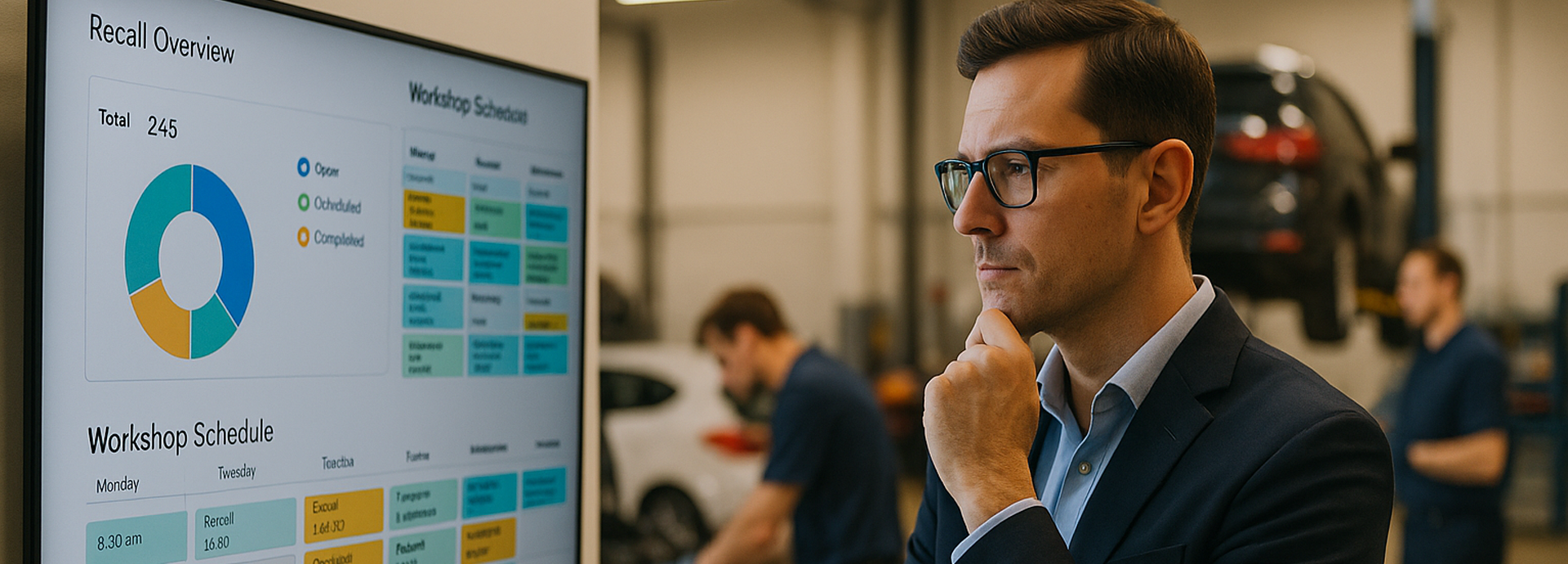Unlocking revenue potential with service history data
For many dealerships, the service department is more than just a source of revenue—it’s the foundation for building long-term customer relationships. Yet, many dealerships fail to fully leverage one of their most valuable assets: service history data.
When used strategically, service history data can help dealerships predict customer needs, send timely offers, and keep customers engaged well beyond their initial vehicle purchase.
Why service history data matters
Every service visit provides insights into a customer’s driving habits, maintenance patterns, and potential future needs. Instead of waiting for customers to remember when they need service, dealerships can take a proactive approach, offering timely and relevant promotions that keep them returning. This not only increases revenue but also builds trust and strengthens customer loyalty.
Key ways to use service history data for repeat business
- Predict and schedule future service needs
Customers often delay or forget necessary maintenance, leading to long gaps between service visits. By analyzing service intervals—such as oil changes, tire rotations, and brake replacements—dealerships can predict when a customer’s next visit is due and send automated reminders. A well-timed message like, "Your next oil change is coming up—book your appointment today and enjoy a 10% discount," increases the likelihood of a return visit.
- Target customers with personalized offers
Not every customer requires the same service at the same time. Instead of sending generic promotions, dealerships can segment customers based on past service history. For example:
- A customer who has just replaced their brakes won’t need another offer for brake service but might be interested in a tire rotation.
- A high-mileage driver may benefit from a preventative maintenance package.
- Customers who frequently service their vehicles at the dealership could be offered loyalty incentives, such as discounts on their next visit or free multi-point inspections.
By sending personalized and relevant offers, dealerships improve engagement and drive more repeat business.
- Identify lapsed customers and re-engage them
Service history data can reveal customers who have stopped returning for maintenance. By setting triggers for inactive customers—such as those who haven’t visited in 12 months—dealerships can send re-engagement campaigns. A message like, "We miss you! Come in for your next service and receive a complimentary vehicle inspection," can help bring lost customers back into the fold.
- Turn service customers into repeat buyers
A well-maintained service database doesn’t just keep customers engaged with the service department—it also fuels future vehicle sales. Customers nearing major repairs, those with expiring warranties, or high-mileage drivers may be prime candidates for an upgrade. By identifying these customers early, sales teams can proactively offer trade-in options or financing deals on newer models before they start shopping elsewhere.
- Streamline appointment scheduling with automated follow-ups
Many customers put off scheduling service simply because it’s inconvenient or they forget. Automated follow-ups that include easy scheduling links can remove friction from the process. Sending a text or email with a message like, "Your vehicle is due for service. Click here to book your appointment in seconds," makes it more likely they’ll take action.
The impact of a data-driven service strategy
By tapping into service history data, dealerships can:
- Increase customer retention by staying connected with customers at the right moments.
- Boost service revenue through targeted promotions and timely reminders.
- Enhance customer satisfaction by providing a seamless, proactive experience.
- Drive future sales by identifying customers who may be ready for an upgrade.
Final thoughts
Service history data isn’t just a record of past visits—it’s a roadmap to future business. By leveraging this data effectively, dealerships can create a proactive service strategy that keeps customers engaged, increases revenue, and strengthens long-term loyalty.


